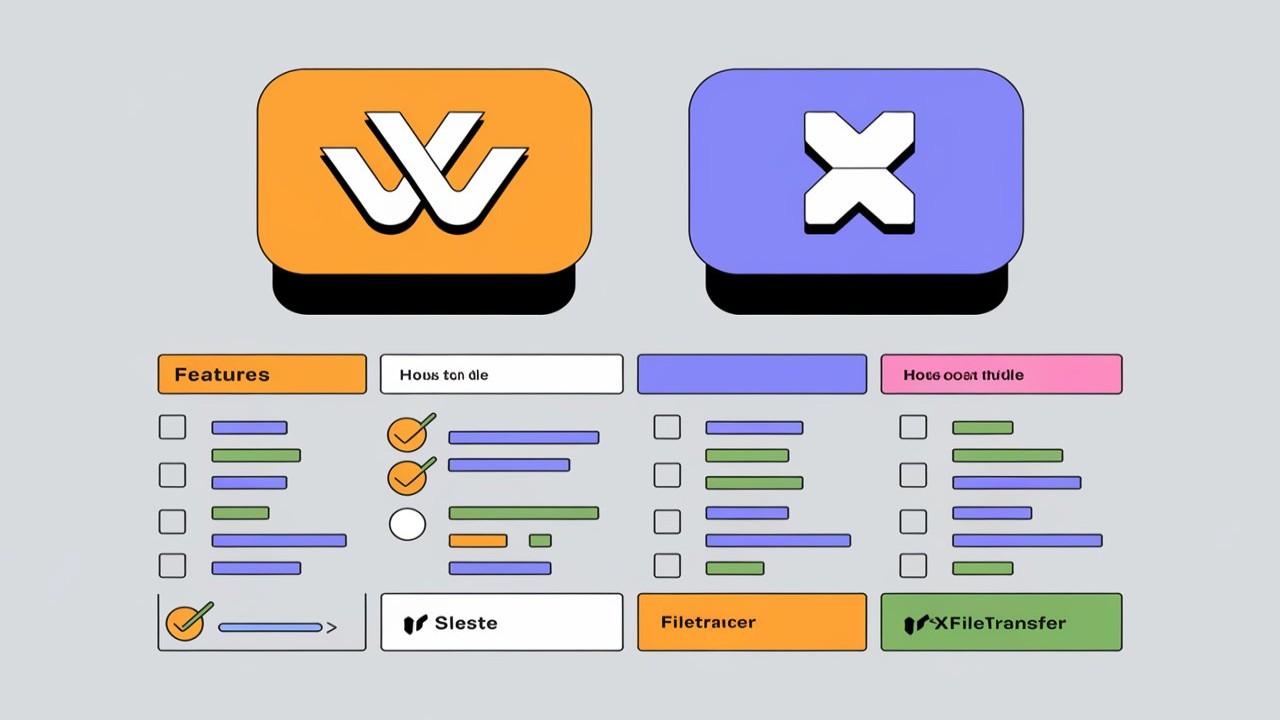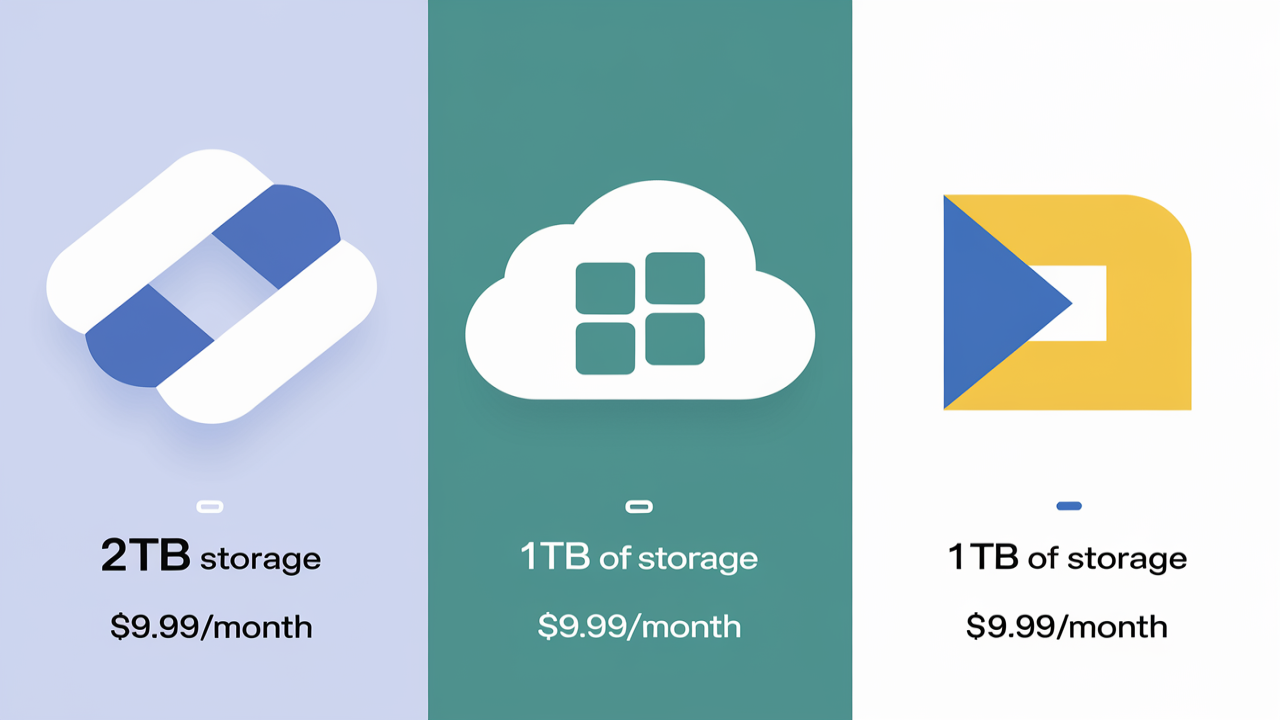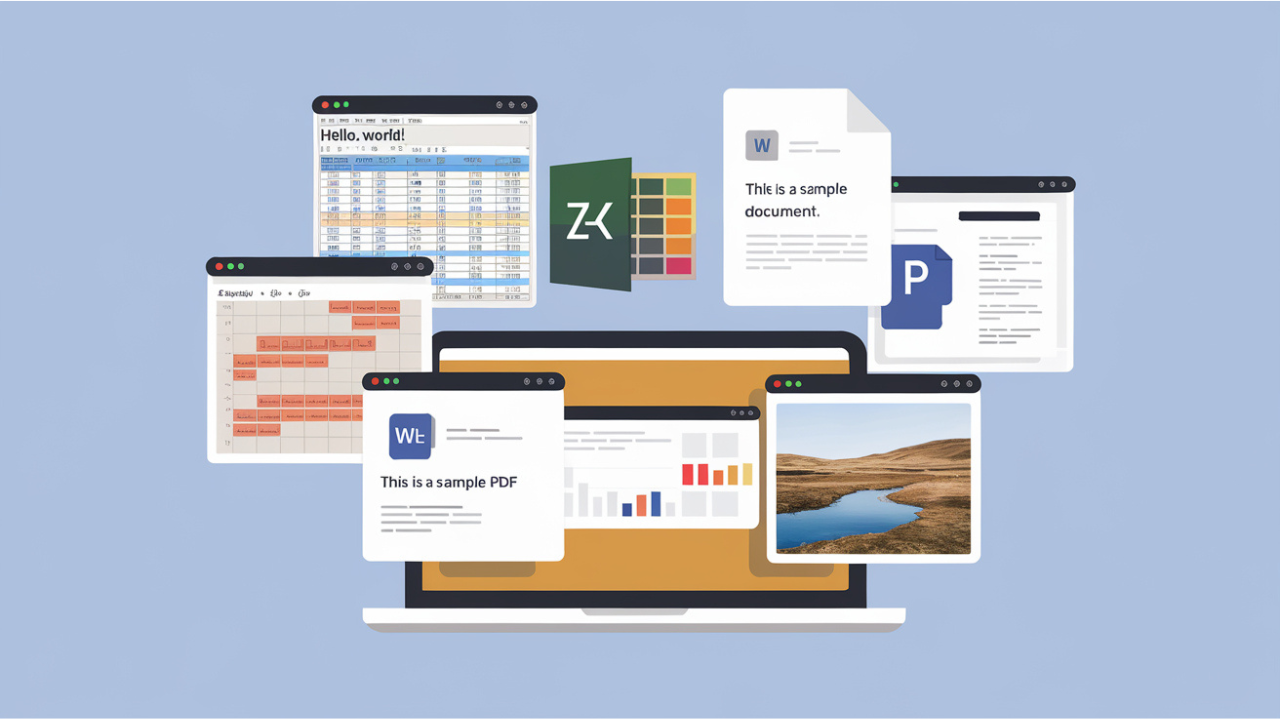In today’s data-driven world, protecting personal information is of utmost importance, particularly with the rise in cyber threats and data breaches. The General Data Protection Regulation (GDPR) was established to ensure the privacy and security of personal data for individuals within the European Union (EU). One of the most critical areas where GDPR compliance must be enforced is in file transfers, as sensitive information often changes hands between systems, organizations, and individuals. In this guide, we will dive deep into how organizations can safeguard personal data through GDPR-compliant file transfers, ensuring the privacy, integrity, and security of information throughout the transfer process.
Understanding GDPR and Its Impact on File Transfers
The GDPR aims to give individuals more control over how their personal data is used, processed, and stored. Any organization handling personal data must comply with strict regulations or face significant penalties. When it comes to file transfers, GDPR sets clear rules to protect data at every stage of its journey. Whether transferring files internally within an organization or externally between third-party partners, businesses must implement measures to ensure that data remains confidential and secure.
GDPR stipulates several key principles related to data transfer:
- Data Minimization: Only transfer data that is strictly necessary for the intended purpose.
- Integrity and Confidentiality: Ensure that data is processed securely and remains confidential during the transfer.
- Accountability: Organizations must be able to demonstrate that they have taken all necessary steps to secure data.
Let’s explore the steps and methods businesses can use to ensure GDPR-compliant file transfers.
Secure Data Transmission Protocols
One of the first steps in safeguarding personal data during transfers is to use secure transmission protocols. Unencrypted file transfers pose a high risk of data breaches, as hackers can intercept the data during transmission. To mitigate this, organizations should utilize secure protocols such as:
1. SSL/TLS Encryption
Using SSL (Secure Socket Layer) or TLS (Transport Layer Security) ensures that data is encrypted during transmission over the internet. SSL/TLS protocols create a secure channel between systems, encrypting the data so that even if it is intercepted, it cannot be read without the decryption key.
2. SFTP (Secure File Transfer Protocol)
SFTP is a widely used protocol that provides secure file transfer over SSH (Secure Shell). SFTP encrypts both the authentication credentials and the data being transferred, ensuring complete confidentiality during the file transfer process.
3. HTTPS for Web-Based Transfers
For web-based file transfers, always ensure that the file transfer system uses HTTPS rather than HTTP. HTTPS combines the standard HTTP protocol with SSL/TLS encryption, making it secure for transferring personal data.
Data Anonymization and Pseudonymization
GDPR encourages the use of anonymization and pseudonymization techniques to protect personal data. These methods make it difficult to identify individuals from the transferred data, reducing the risk of exposure if the data is intercepted or stolen.
1. Anonymization
Anonymization involves transforming personal data in such a way that it cannot be traced back to an individual. This method is particularly effective for transfers where the receiving party does not need to know the identity of the individuals involved.
2. Pseudonymization
Pseudonymization, on the other hand, replaces identifiable information with pseudonyms, allowing data to still be used for analysis while keeping individuals’ identities protected. Only authorized personnel can access the information needed to reverse the pseudonymization.
Data Encryption at Rest and in Transit
Encrypting data both at rest and in transit is a crucial aspect of GDPR compliance for file transfers. While encrypting data during transmission (in transit) is essential, organizations must also ensure that data is encrypted when stored (at rest) on servers or other devices.
1. AES Encryption
Advanced Encryption Standard (AES) is one of the most secure encryption methods available. It is recommended for encrypting sensitive data at rest, as it provides robust protection against unauthorized access. Using AES encryption helps ensure that even if files are stolen or intercepted, the contents remain inaccessible without the correct decryption key.
2. Public Key Infrastructure (PKI)
PKI provides a framework for encryption and decryption using a pair of keys – a public key and a private key. When used for file transfers, PKI ensures that only the intended recipient (who holds the corresponding private key) can decrypt the files, providing an additional layer of security.
Implementing Access Controls and Authentication
GDPR requires organizations to enforce strict access control measures to ensure that only authorized individuals can access personal data. When it comes to file transfers, this means using robust authentication methods to verify the identity of users and limiting access to sensitive files.
1. Multi-Factor Authentication (MFA)
MFA adds an extra layer of protection by requiring users to provide two or more verification factors to access data. For example, users may need to enter a password and verify their identity through a fingerprint scan or a one-time code sent to their mobile device.
2. Role-Based Access Control (RBAC)
RBAC limits access to files based on the user’s role within the organization. By restricting access to only those who need it, businesses can reduce the risk of unauthorized individuals gaining access to sensitive information.
Data Transfer Agreements and Documentation
For organizations that regularly transfer personal data to third parties, GDPR mandates the use of data transfer agreements (DTAs). These agreements outline the responsibilities of both parties regarding data protection and ensure that all transfers comply with GDPR standards.
1. Standard Contractual Clauses (SCCs)
When transferring data to a country outside of the EU, organizations must use Standard Contractual Clauses (SCCs) approved by the European Commission. SCCs ensure that the receiving party adheres to GDPR standards and protects the transferred data in accordance with EU regulations.
2. Transfer Impact Assessments (TIAs)
Organizations must conduct Transfer Impact Assessments (TIAs) to evaluate the risks associated with transferring personal data to non-EU countries. This assessment ensures that adequate safeguards are in place to protect the data during and after the transfer.
Monitoring and Auditing File Transfers
Regular monitoring and auditing of file transfers is essential for maintaining GDPR compliance. Organizations must have systems in place to track and log all data transfers, ensuring that any potential issues or breaches are identified and addressed immediately.
1. Audit Trails
Maintaining an audit trail of file transfers provides a record of who accessed the data, when it was accessed, and where it was sent. This level of transparency is critical for GDPR compliance, as it demonstrates that the organization is taking the necessary steps to protect personal data.
2. Automated Monitoring Tools
Using automated monitoring tools allows businesses to continuously track data transfers and detect any unauthorized activity. These tools can send alerts if suspicious behavior is detected, allowing the organization to respond quickly to potential threats.
Conclusion
Ensuring GDPR-compliant file transfers is essential for protecting personal data and maintaining the trust of customers and stakeholders. By implementing secure transmission protocols, encrypting data at rest and in transit, enforcing access controls, and maintaining detailed documentation, organizations can effectively safeguard sensitive information and comply with GDPR regulations






Comments (0)